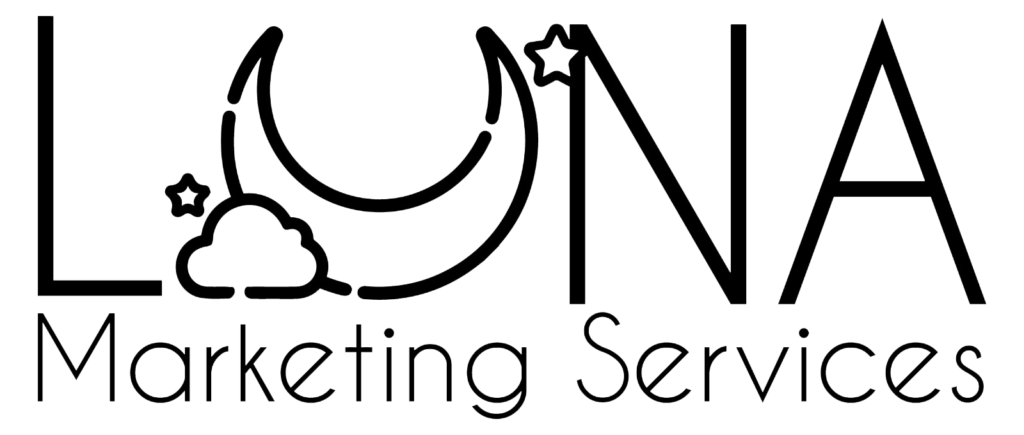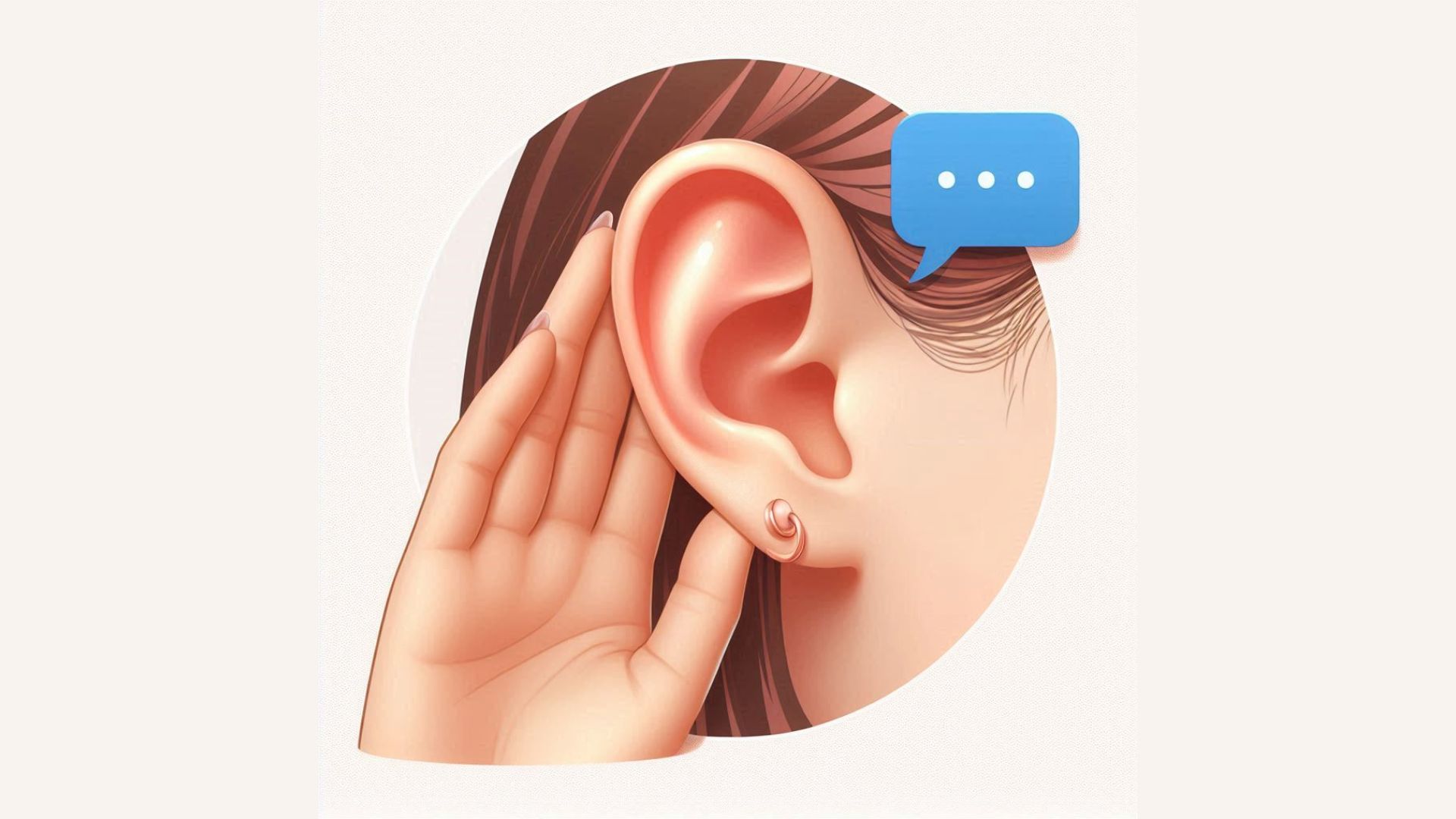Social Media is your friend; particularly, your comment section is. Reviewing your comment section, reviewing relevant accounts and seeing where your audience hangs out can be a valuable business results.
No, really, we mean it: there is much value in your comment section and the places where your audience hangs out: listening to your audience can be the difference between being cooked and eating and leaving no crumbs 👀
(Too Gen Z?)
What is Social Listening?
If you have any sort of online presence—particularly on any social media platform—you should monitor and analyze your content and other relevant content related to or relevant to your brand. This means you should not scroll aimlessly through social media but check your comments, performance, and any communication with your audience. This is known as social listening.
Social listening aims to analyze online conversations to identify opportunities to meet the needs of your audience. As a business, influencer, or artist, it is crucial that you understand what your potential clients and your audience want and expect from you.
When done correctly, social listening can be the secret ingredient in developing deeper relationships with your audience. It’s more than just responding to customer comments; it’s about paying attention to what they’re saying, how they’re saying it, and what they aren’t saying.
Duolingo LISTENS
In a previous article, we discussed Duolingo’s unhinged social media strategy and how it was born from memes created by its audience, one of those ✨perfect✨ examples of social listening.
Duolingo’s Social Media Manager was on top of the comment section, monitoring what people said about the brand and how they reacted to the content. This knowledge helped him develop a deeper understanding of the audience. He focused on what really mattered at the time: the customers.
This is the ultimate goal of social listening: to truly understand your audience and use that understanding to build meaningful connections. Duolingo didn’t just monitor comments—they analyzed the tone, themes, and reactions of their audience to craft a strategy that resonated on a personal level. They embraced humor, played into memes, and organically engaged with their followers. This approach transformed their social media presence into something memorable and relatable.
Why Social Listening Matters for Your Business?
Let’s start by stating the obvious: knowing your audience and their needs should be the main focus of your business. You are destined to perish if you do not make their lives easier, solve their problems, and provide them with something they find valuable.
As a business, social listening isn’t just about keeping an ear to the ground—it’s about staying ahead of the curve. Understanding what your customers are thinking, feeling, and saying can help you:
- Anticipate Customer Needs: When you know your audience’s concerns, you can address them before they become more significant issues.
- Build Stronger Relationships: Customers appreciate feeling heard. When they see that you’re paying attention to their feedback and making changes based on their input, loyalty naturally follows.
- Adapt to Trends in Real Time: Social media moves fast. With social listening, you can quickly adjust your strategies, whether you are jumping on a trending topic or avoiding a potential PR mishap.
Getting Started—How Can I Listen To My Audience More Effectively?
Regardless of your account size or the number of interactions you get, you can practice social listening to improve your current strategy. Here’s a simple roadmap for small businesses to get started:
- Set Up Alerts and Keywords: Start by setting up notifications for mentions of your brand, products, and industry keywords. Keep track of these conversations.
- Monitor Key Platforms: Find out where your audience is talking about you—whether it’s Instagram, Facebook, or even niche forums—and tune into those spaces.
- Engage with Purpose: Social listening doesn’t mean you need to respond to every comment, but when you do, make it count. A thoughtful response can make a lasting impact on your audience and encourage further interaction.
- Analyze and Adapt: Once you’ve gathered insights, look for patterns. Are there recurring questions or complaints? These can highlight opportunities for product improvements, new content, or better customer service practices.
Remember: social listening is a mindset. It’s about seeing your audience as more than just numbers and metrics but as real people with real thoughts, needs, and desires. It’s a way to stay in tune with your customers and ensure your brand is always relevant, responsive, and ready to grow.






